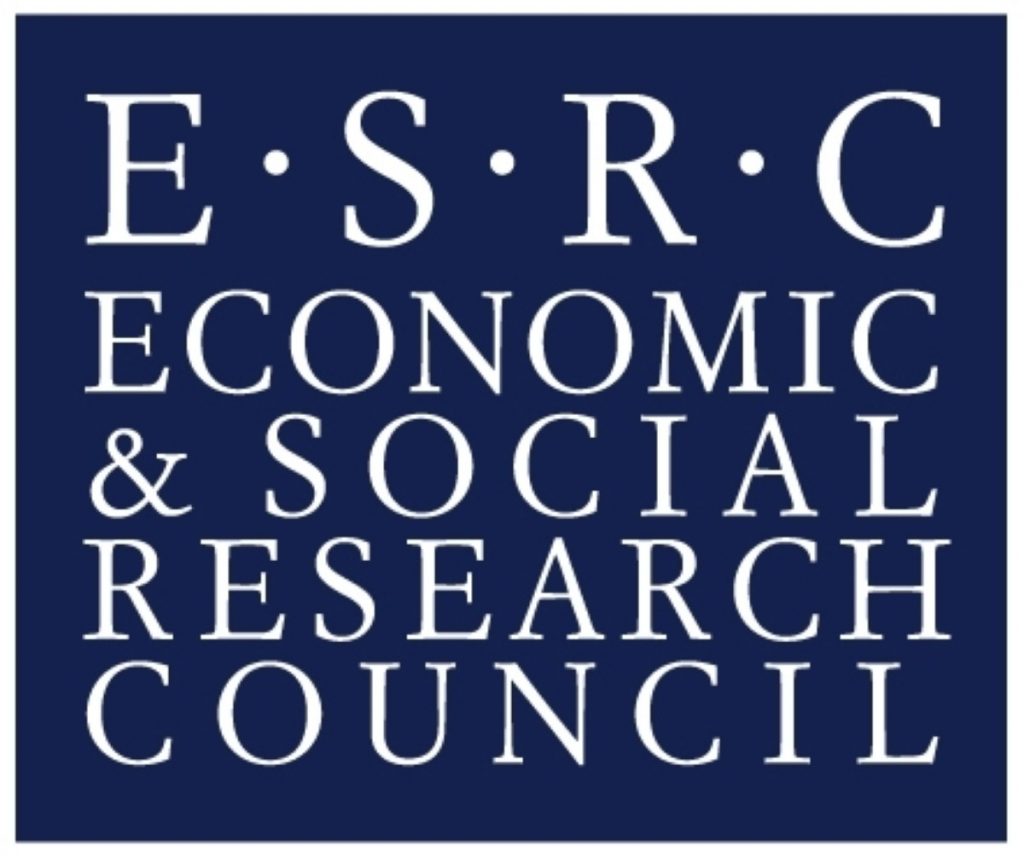ESRC: More ethnically diverse populations for UK local areas
In 40 years’ time the UK will be a more diverse but more integrated society, according to research at the University of Leeds, funded by the Economic and Social Research Council (ESRC). Ethnic minorities will make up a fifth of the population but they will be less concentrated in the big cities, the report says.
"At a regional level, the ethnic minorities will shift out of deprived inner city areas to the suburbs and surrounding towns," says Professor Philip Rees, who led the research. "This echoes the way that white groups have migrated in the past with the growth of the middle classes. In particular the Black and Asian populations of affluent local authorities will increase significantly."
The main aims of the research were to understand the impact that immigration from and emigration to other countries is having on the size and structure of the UK population at a local level and the demographic changes that local ethnic populations are likely to experience over the next 40 years
The results suggest that the sustained growth of ethnic minority groups over the period 2001-2051 will be driven by demographic factors such as future fertility and mortality rates, immigration and emigration flows and migration between local authorities within the UK.
The key projections for 2051 are:
The UK population could reach almost 78 million (from 59 million in 2001)
The ethnic minority share of the population will increase from 8 per cent (2001) to 20 per cent
The Other White (originating in Europe, Australasia and the USA), Mixed groups and Other Ethnic groups (from outside South Asia and Africa) will experience the largest growth
Ethnic minorities will disperse to more affluent areas and be significantly less segregated from the rest of the population in 2051 than in 2001.
The report says that the chief factor driving the faster growth of the Other White group is immigration from Europe. Traditional immigrant groups from India, Pakistan and Bangladesh are also predicted to grow as a result of immigration and because they have young age structures.
"One of the most surprising findings was the scale of increase in the so-called Other Ethnic groups representing people from lots of other countries outside of the main origin groups" says Professor Rees.
International migration remains an important factor in predicting population make up, but the researchers say that current government immigration policies are unlikely to radically change the ethnic composition of the UK population in 2051.
"The points system that selects skilled migrants applies only to a minority of migration flows and does not affect migration from other EU states, and entry by refugees and asylum seekers. In 2051 the UK will have a larger and more ethnically diverse population," says Professor Rees. In addition, a large part of the future growth of ethnic minority populations is built into their youthful age structure, irrespective of the future level of immigration from abroad.
For further information contact:
Professor Philip Rees, University of Leeds
Email: p.h.rees@leeds.ac.uk
Telephone: 0113 343 3341
Esther Harward, University of Leeds Communications Office
Email: e.harward@leeds.ac.uk
Telephone: 0113 343 4196
ESRC Press Office:
Sarah Nichols
Email: sarah.nichols@esrc.ac.uk
Telephone: 01793 413122
Jeanine Woolley
Email: jeanine.woolley@esrc.ac.uk
Telephone: 01793 413119
Notes for editors
This release is based on the findings from 'What happens when international migrants settle? Ethnic group trends and projections for UK local areas under alternative scenarios,' funded by the Economic and Social Research Council and carried out by Professor Philip Rees and Dr Paul Norman at the University of Leeds.
Projected populations, publications and presentations from the project can be accessed via the ETHPOP database (external website).
The project used an innovative computer model to forecast the UK population’s ethnic makeup in 352 Local Authorities in England plus Wales, Scotland and Northern Ireland from 2001 to 2051 under different demographic scenarios. The population was divided into the 16 ethnic groups used in the 2001 Census. The forecasts specified the assumptions for immigration, emigration, internal migration, fertility and mortality, classified by ethnic group and local authority.
The research was carried out at the University of Leeds. The 2008 Research Assessment Exercise showed the University of Leeds to be the UK's eighth biggest research powerhouse. The University is one of the largest higher education institutions in the UK and a member of the Russell Group of research-intensive universities. The University's vision is to secure a place among the world's top 50 universities by 2015
The Economic and Social Research Council (ESRC) is the UK's largest organisation for funding research on economic and social issues. It supports independent high quality research which has an impact on business, the public sector and the third sector. The ESRC's total budget for 2012/13 is £205 million. At any one time the ESRC supports over 4,000 researchers and postgraduate students in academic institutions and independent research institutes.
The ESRC confirms the quality of its funded research by evaluating research projects through a process of peers review. This research has been graded as very good in June 2012





-01.png)